The development of modern technologies has led to the appearance on the market of a large number of ready-made fertilizers for home plants. In pursuit of the best result, flower growers choose them, leaving behind effective, but forgotten means. This is not always right, because to improve the appearance and general condition of colors, you can use inexpensive, but effective means. One of these is boric acid, because its effectiveness in caring for indoor plants has long been known.
This tool is affordable and inexpensive, it is easy to use, and the results achieved with it often exceed expectations. Borax, in addition to floriculture, is also used in other fields, for example, in medicine or the control of harmful insects. Cheapness and efficiency are its main advantages.
Content
The use of boric acid in floriculture
All indoor flowers growing in a limited space require top dressing for proper development and growth. Nutrient deficiency leads to their weakening, lack of flowering, poor growth rate, and sometimes to death. Boric acid use for caring for home plants - the opportunity to provide quality care to your pets.
Chemical properties and acid composition
Externally, the acid is a transparent granule or powder without a pronounced color and odor, poorly soluble in cold water. In vivo, it can be mined in an unbound form.
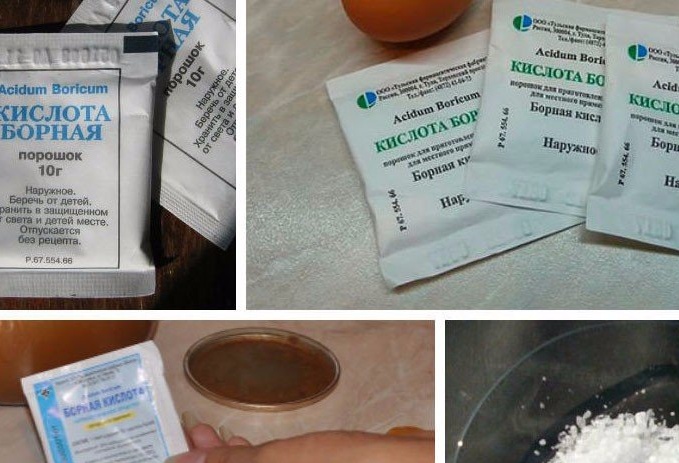
Boric acid is part of some minerals, for example, colemanite, boracite, borax. Boron is also present in sea water. In addition, any plant cell has it in its composition.
In addition to boric acid, there are other fertilizers that have boron in their composition:
- borax, or an acid salt, is used for spraying;
- as top dressing, boric supersulfate is used.
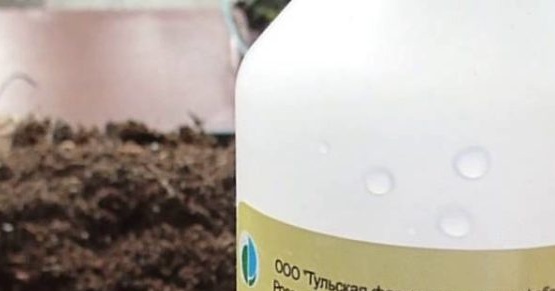 You may be interested in:
You may be interested in:Indications for use for indoor flowers
A sufficient amount of boron provides any plants with high-quality growth and development. The drug helps to establish metabolic processes, increase the content of chlorophyll, nitrogen synthesis. Increases the intensity of calcium and oxygen to the root system. These conditions are essential for potted flowers to feel good.
Signs of a lack of boron include the following:
- darkening and dying off of growth points of roots and cuttings;
- shedding of buds;
- deformation of new leaves, their rapid withering;
- stems break easily and lose elasticity;
- leaves and stems are covered with brown spots;
- the upper shoots fade, slowly develop or die off.
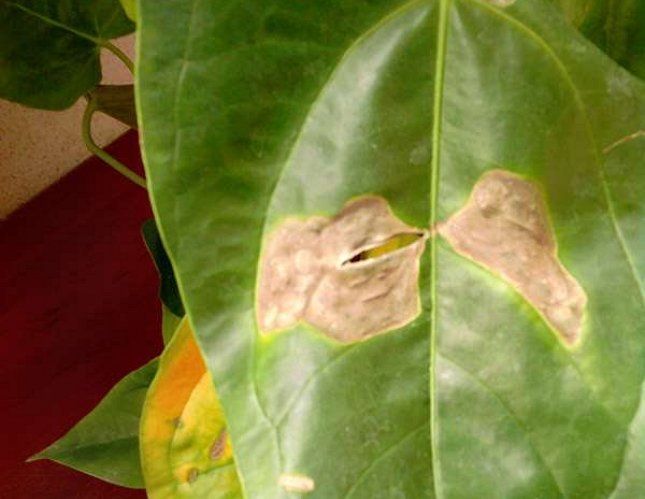
This is mainly due to the oxygen deficiency that the root system experiences. For this reason, the rate of intake of nutrients slows down, and this inevitably leads to wilting of the flower.
In such cases, the benefits of borax are undeniable. Used as a top dressing, it stimulates the process of seed germination, promotes good flowering of ornamental species and protects against diseases.
Preparation of boric acid solution and dosage calculation for indoor plants
The use of the drug to care for any colors has some features. By following all the rules, you can significantly improve the condition of pets:
- Borax is practically insoluble in cold water. To prepare a solution, the required amount of powder is first diluted in a small volume of hot water, and then diluted with cool water to the desired volume.
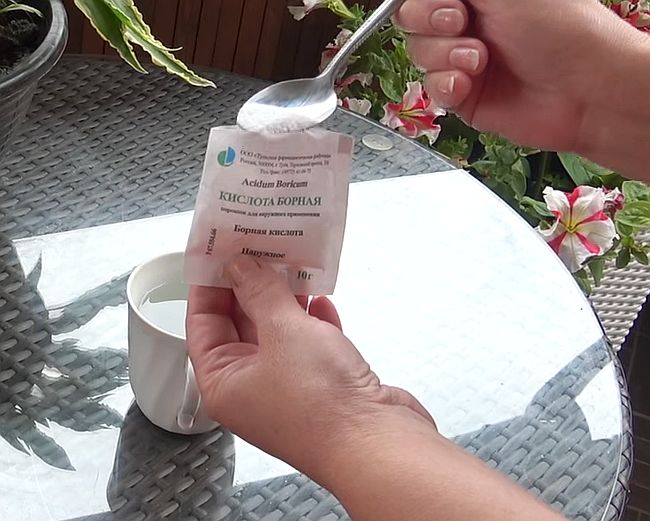
Solution preparation - Before preparing the solution, it is necessary to determine for what purposes it will be used: the solution for watering and spraying is prepared in different proportions, otherwise the flower can be seriously damaged.
- It is advisable to spray the drug in the evening. Boron in combination with bright sunlight can cause burns to foliage and stems.
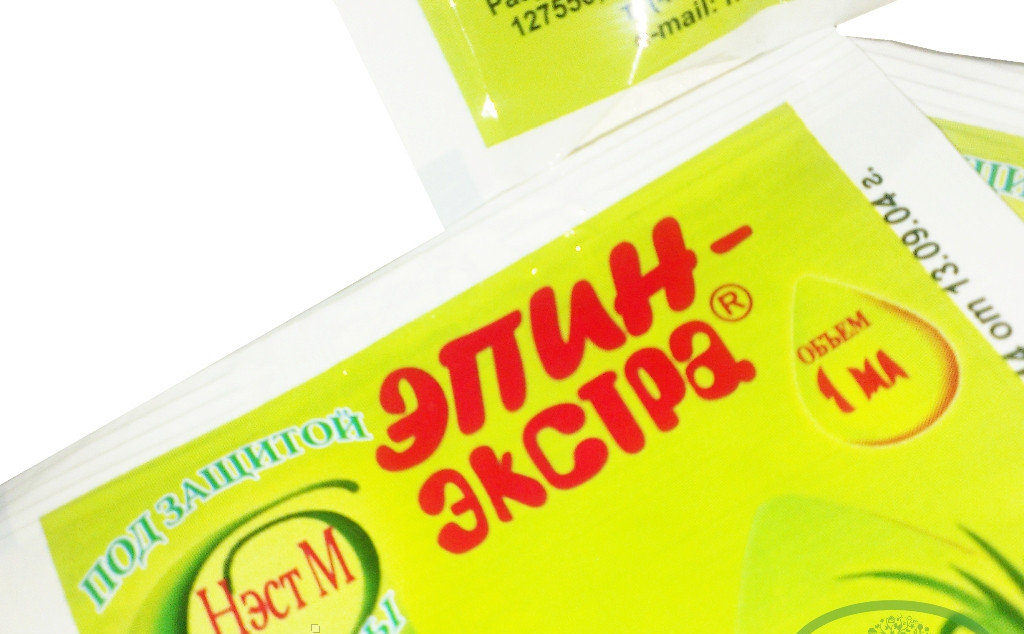 You may be interested in:
You may be interested in:Violations in the preparation of the solution and an excess of boron can lead to undesirable consequences:
- yellowing of foliage;
- drying of the stem;
- changing the shape of the leaves, twisting them.
It is very important to follow the instructions on the packaging and monitor the correct concentration of the substance.
Seed soaking
So that the seeds have a higher percentage of germination and germinate faster, it is recommended to soak them in a borax solution before planting.
To prepare the solution, 0.2 g of the drug is taken per liter of water, and diluted according to the instructions - first in hot, then in cold water. After the seeds, previously placed in a tissue or gauze bag, are lowered into the solution for a period of 12 to 24 hours, depending on the plant variety.
In addition, the seeds can be soaked in a complex preparation that contains boron. To prepare it, you need to take 1 liter of onion husk infusion, add 4-5 tbsp. l ash, 1 tsp drinking soda, 1 g of manganese and 0.2 g of boric acid.
Spraying foliage
Spraying home flowers with a solution of boron provides intensive and prolonged flowering, resistance to adverse conditions, resistance to diseases and pests.
For spraying, it is better to choose a cloudy day or evening time so that the leaves do not suffer from burns. It is also important to remember that boron does not migrate from adult to young elements during the growing season; therefore, it is necessary to spray the preparation with the entire period of flower growth.
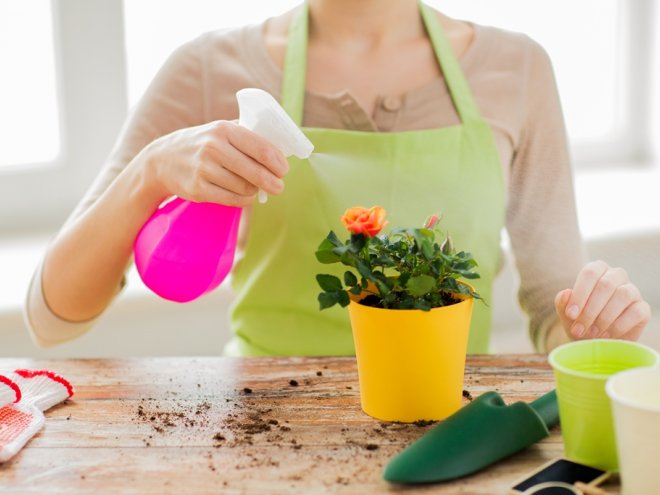
To prepare a solution for spraying, it is necessary to dissolve 10 g of the drug in 10 l of water. If a smaller volume is needed, the proportion is determined at the rate of 1 g per 1 liter of liquid.
Pest protection
The drug is used to a greater extent for the fight against ants - garden and domestic. Since the remedy causes disturbances in the nervous system of insects, it paralyzes them and leads to death.
Also one of the effective means of protection is the bait for insects.To prepare it, mix a teaspoon of powder, 100 g of hot water, 1 tbsp. l honey and 2 tbsp. l Sahara. The mixture must be thoroughly mixed, and the resulting slurry should be poured into a shallow dish and placed next to the ant trails.
Root dressing
Applied root dressing mainly for flowering plants. They do not produce it very often, usually every three years, and only when the flower has clear signs of a lack of boron.
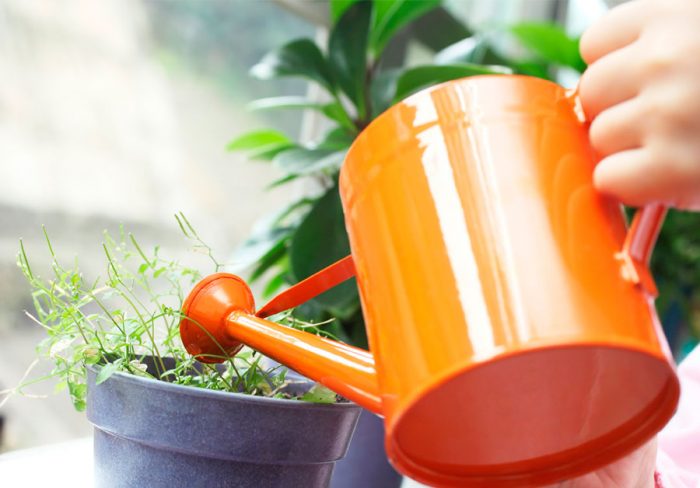
To prepare a nutrient solution, 10 g of acid is dissolved in 10 l of settled water. After applying fertilizer to plants, it is important to get enough sunlight, as boron stimulates nitrogen synthesis, and a lack of light will adversely affect the growth process. It should be remembered that the drug should be used as a fertilizer of indoor plants with caution.
Possible harm to indoor plants and precautions
Boric acid - a low-hazard substance for humans, belongs to class 4. In case of skin contact, it does not cause any harm. However, the accumulation of boron can occur in the body, since it is poorly excreted by the excretory system.
An overdose of boron can have unpleasant consequences for plants. If the acid is diluted incorrectly, it can provoke:
- Burns of the root system of varying severity. That is why the soil must be well moistened before root dressing.
- Drying of the edges of the foliage.
- Dying off and falling of leaves.
Most often, the roots and old leaves of the plant suffer from an excess of borax.
Common questions
The importance of boron for the life of the plant is not in doubt. Its lack can cause considerable harm to flowers and even lead to death. The use of boric acid is a simple and effective tool not only for indoor plants, but also for garden plants. Proper use of the drug will increase the yield of fruit plants and allow indoor flowers to bloom in full.

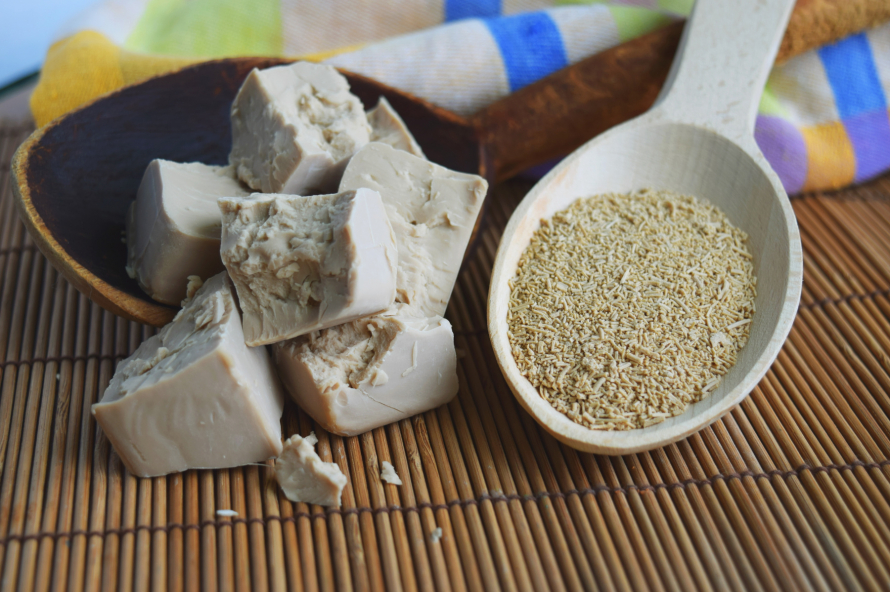
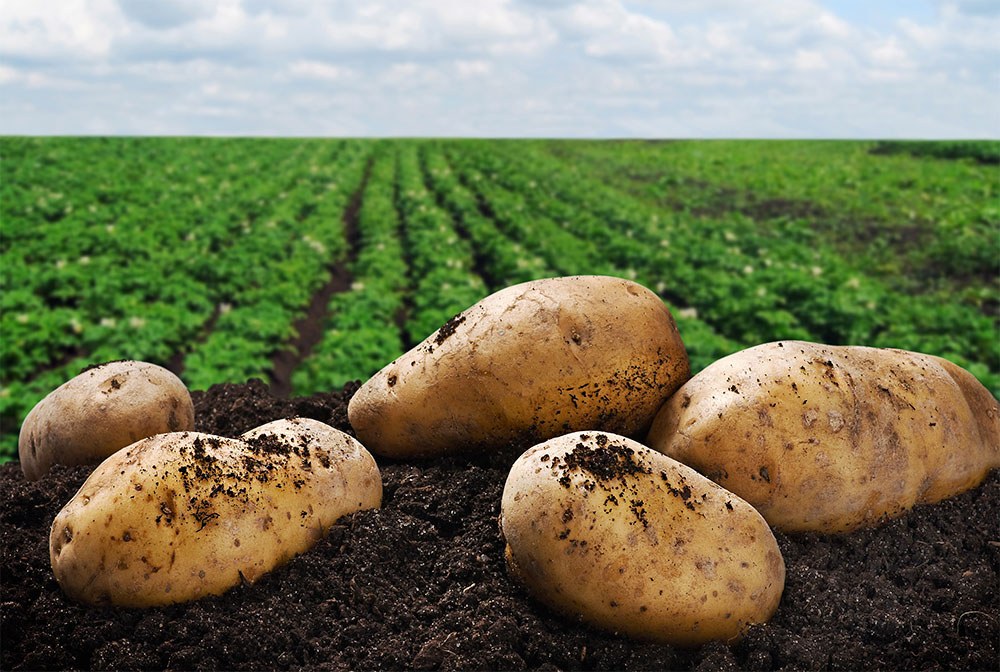
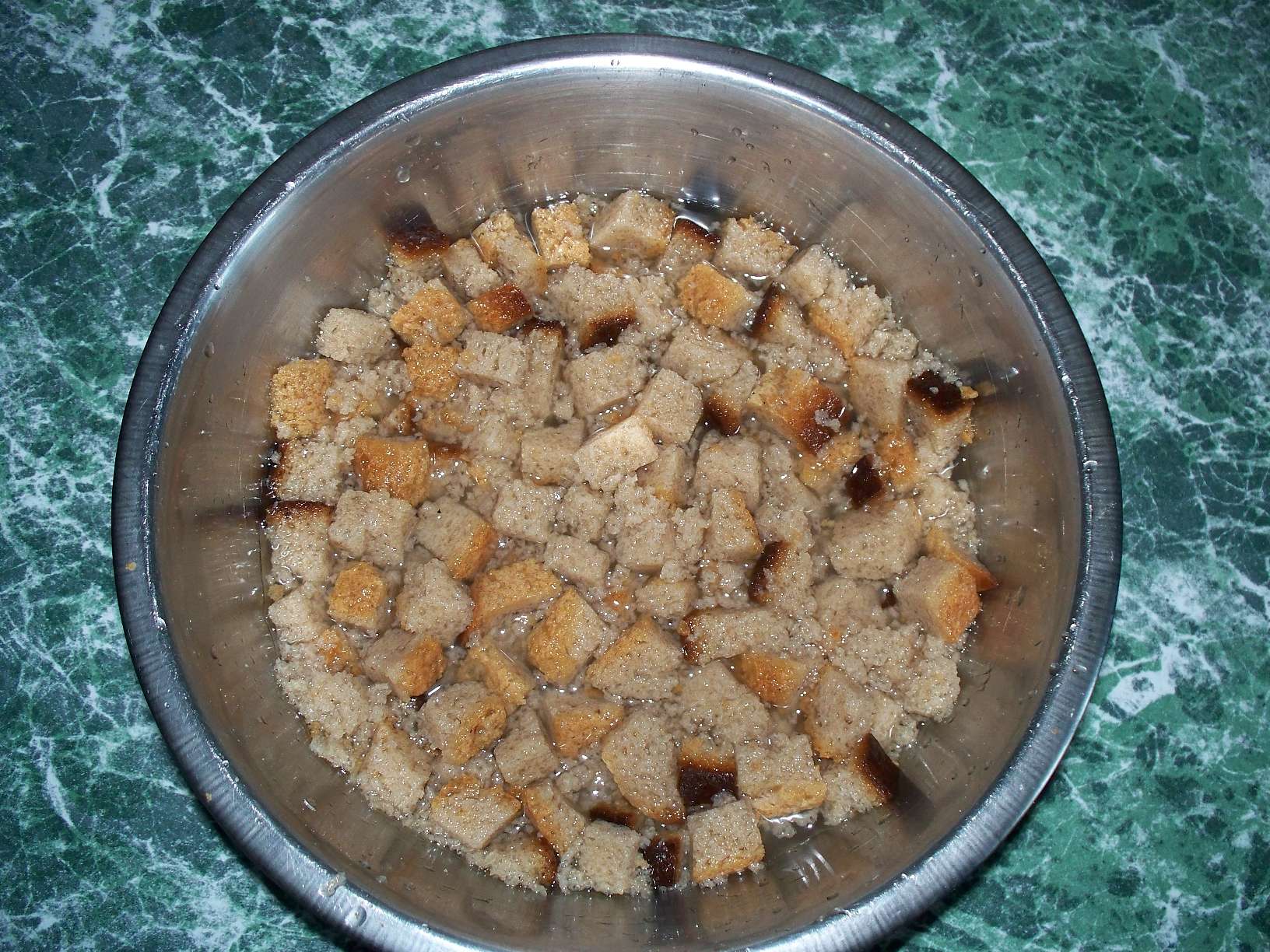
 Superphosphate: what is it and how to apply it
Superphosphate: what is it and how to apply it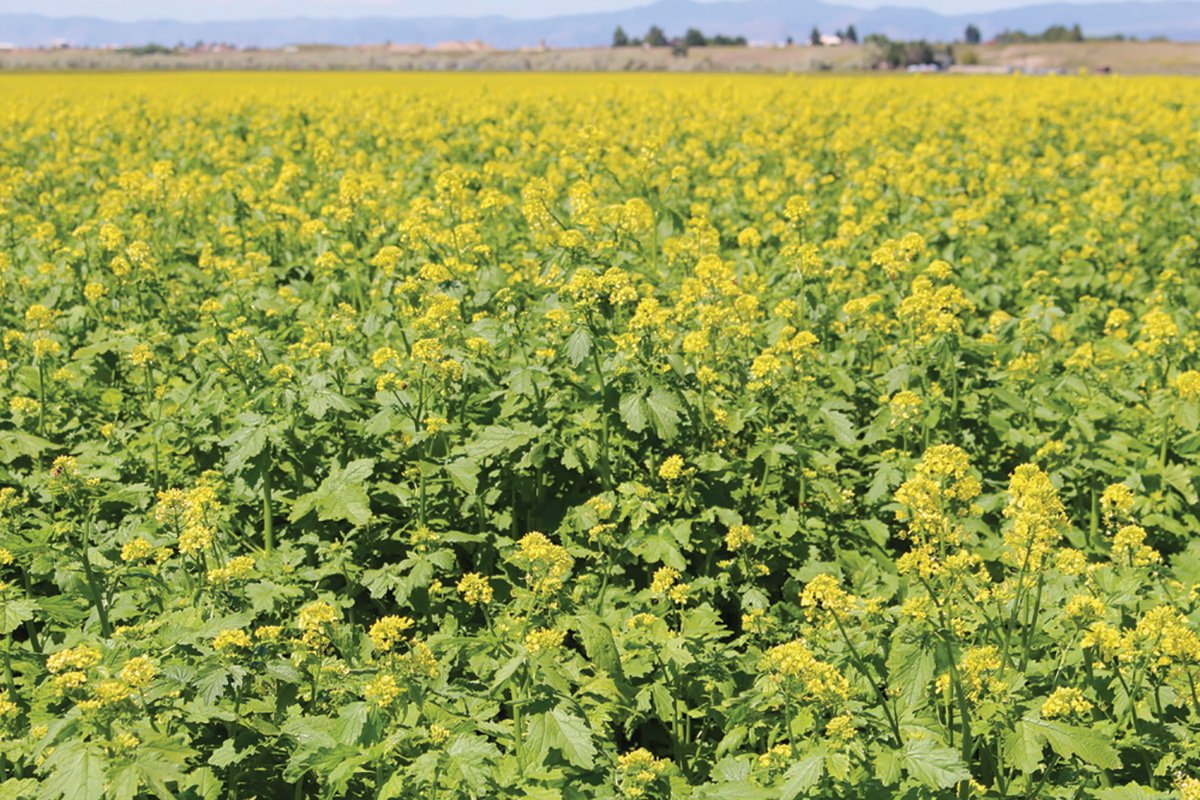 What problems can be expected from siderats?
What problems can be expected from siderats?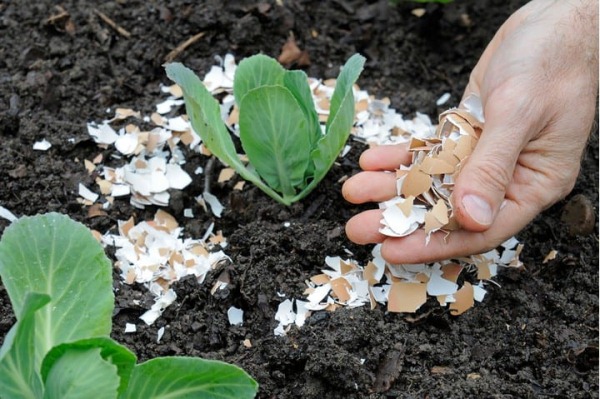 Secrets of the collection, storage and use of eggshells in the garden
Secrets of the collection, storage and use of eggshells in the garden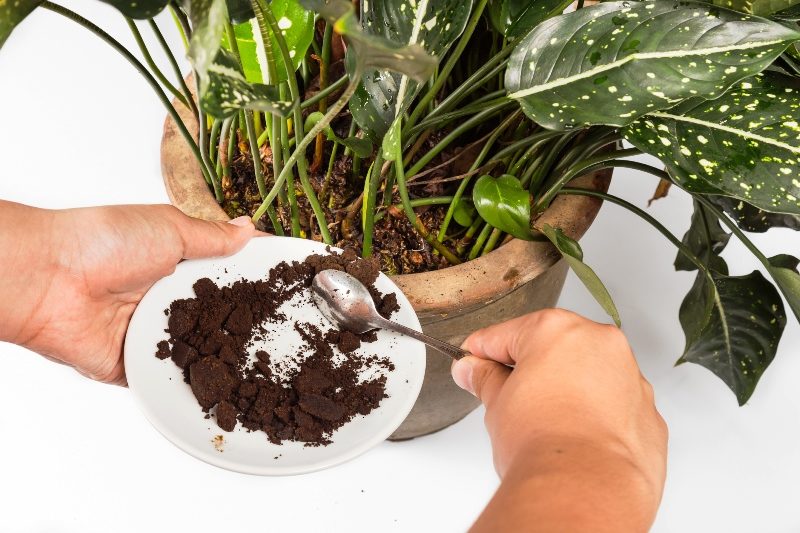 The most popular top dressing for indoor plants
The most popular top dressing for indoor plants